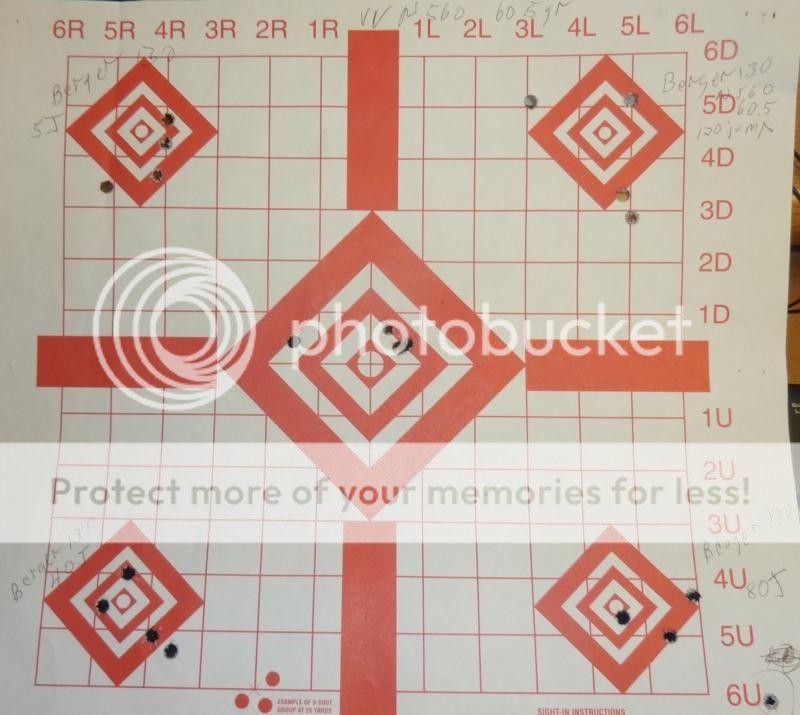I shoot a 7mm Rem Mag M700 with Berger 168VLDs as my elk-deer-coyote-skunk-anything else i need to shoot rig, since i can't afford a dedicated elk rig.
I have been very impressed with the VLDs so far, although i have yet to even get a chance to put one in an elk after two seasons of use. I run them at a sedate 2900fps, which does not beat me badly and makes practice a breeze without a brake or anything other than the fact that it is a purposely heavy rifle. By using Berger's free downloadable calculator, i am showing running out of acceptable elk killing steam (1500ft/lbs) at exactly 600 yards. Which for where we hunt, is not difficult to manage, but getting inside 300 could be impossible, so it pays to have a gun that can hit them at that range.
Two things i would reccomend you do: 1. Crony, so you can figure out your loads, and as you said, figure out sight dope, 2. Download the ballistics calculator from Berger, i use mine for many many things, often i will run a load through that before i try a new bullet, just to decide where to start from.
Be aware that the dope you get will be close, but not dead on from any ballistics calculator, it will give you a good place to start from in terms of MOA, but you will likely need to adjust from there. It is not a "plug and play" system, each rifle is different, and only rounds downrange can give you that intel.
Congrats on drawing your tag, good luck on the hunt!

